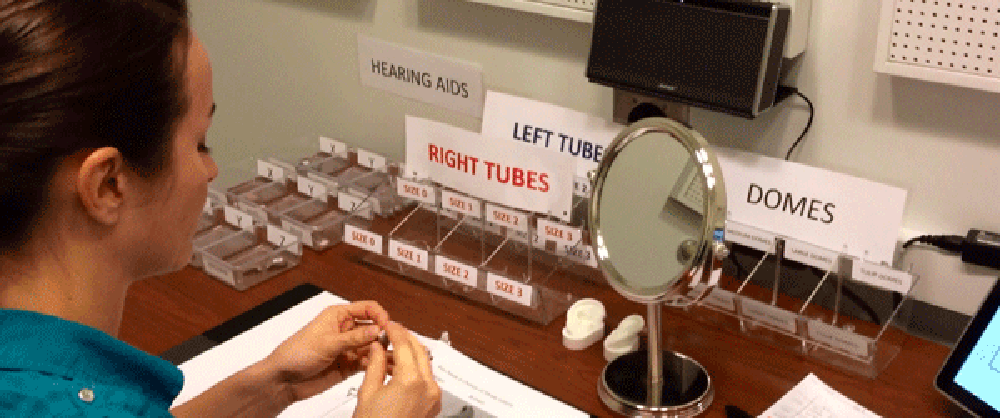
Professor Larry Humes, Indiana University, Bloomington
Led by Larry Humes, PhD, CCC-A, a team of researchers at Indiana University Bloomington conducted the first-ever placebo-controlled double-blind randomized clinical trial of hearing aid outcomes. With funding support from the National Institute on Deafness and Other Communication Disorders (NIDCD), the study had three goals:
- to determine the effectiveness of hearing aids in older adults,
- to compare patient outcomes when hearing aids are delivered via an audiology “best practices” model compared to an “over-the-counter” (OTC) model, and
- to examine the influence of purchase price on outcomes for both service-delivery models.
A report detailing the outcomes of the study was published March 2, 2017, in the American Journal of Audiology.
“The research findings provide firm evidence that hearing aids do, in fact, provide significant benefit to older adults,” said Dr. Humes. “This is important because, even though the millions of Americans have hearing loss, there has been an absence of rigorous clinical research that has demonstrated clear benefits provided by hearing aids to older adults. Consequently, the U.S. Preventive Services Task Force has not been able to support widespread hearing screening for adults over age 50.” This study helps establish the evidence base needed to foster better hearing health care for many older Americans.
Researchers also found that hearing aids are effective in older adults for both the audiology best practices model and the OTC model. In the context of this study, the OTC model meant that patients received a high-quality, pre-programmed hearing aid that was not fitted by an audiologist. There were no significant differences in outcome between these two service-delivery approaches for five of the six outcome measures, but, the OTC group fared somewhat worse when it came to satisfaction with their hearing aids.
“Hearing aids do, in fact, provide significant benefit to older adults.”
Fewer OTC participants were also likely to purchase their hearing aids after the trial (55% for OTC group versus 81% for best practices group, with 36% for placebo group). Following the initial six-week trial, both the OTC group and the placebo groups were offered hearing aids under the best practices model. Satisfaction significantly increased for patients in both groups who chose to continue under audiologist care and more participants opted to purchase their hearing aids than after the initial trial.
“More studies are needed to assess the generalization of the results obtained here to other patient populations, other devices, and other models of OTC service delivery,” said Humes, adding: “All of the devices used in this study were of high quality as opposed to the simpler, less expensive devices many associate with an OTC model. Also, all patients received a complete audiologic evaluation prior to treatment—another potential difference from some OTC models under consideration. These factors could impact patient outcomes. However, the results of this study should serve as a yardstick for comparing outcomes of future hearing aid studies.”
Related Resources
The report is available here: https://doi.org/10.1044/2017_AJA-16-0111
Humes, L. E., Rogers, S. E., Quigley, T. M. Main, A. K., Kinney, D. L., & Herring, C. (2017). The effects of service-delivery model and purchase price on hearing-aid outcomes in older adults: A randomized double-blind placebo-controlled clinical trial. American Journal of Audiology, 26, 53–79.
Watch a brief, related video: Larry Humes: Study of Hearing-Aid Outcomes in Older Adults, in which Dr. Humes discusses the results of the randomized clinical trial of hearing aid outcomes.
For more information about the over-the-counter element of the study, watch this additional video, Exploration of the Over-the-Counter Component in Study of Hearing-Aid Outcomes.







